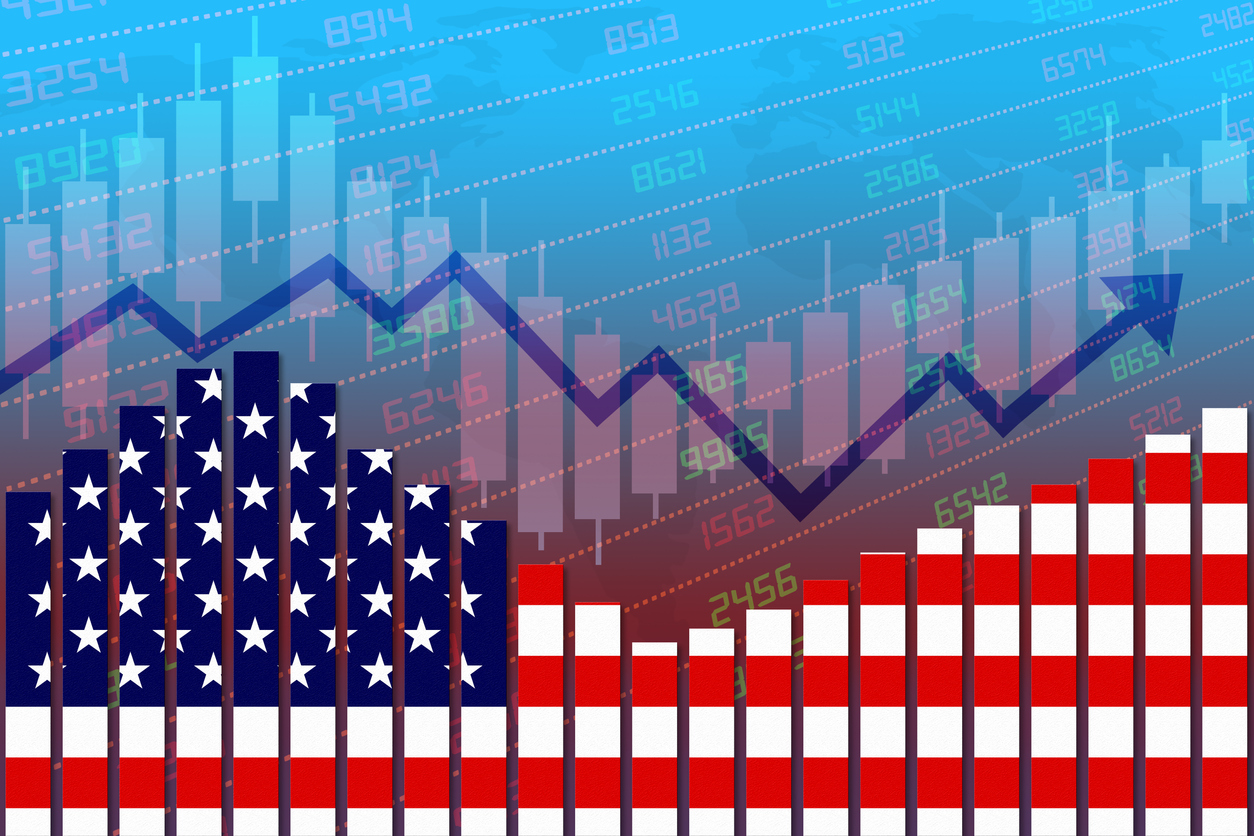Inflation: How did we get here? Why is it happening now? How long is it going to last? To answer these questions, let’s hop into the Hot Tub Time Machine…
September 15, 2008
Financial banks are on the brink of collapse, the stock market is in the first inning of what would be a freefall, and the forecast for the foreseeable future is blood in the streets. So with the global economy teetering on the edge of a swan dive into the abyss, the Federal Reserve stepped in with an innovative policy response that would arguably become the most well-known financial acronym in economic history, quantitative easing, or QE for short.
Glossing over a ton of details, with express apologies paid to the professional economists out there in the audience, QE had one, singular goal - to prevent the worldwide monetary system from freezing up. To accomplish this, the Fed simply oiled up the ol’ printing press, created new money out of nothing, and then injected copious amounts of liquidity (i.e. cash) with those newly created funds by buying debt instruments in the open market.
Not too dissimilar from snaking out your shower drain when it gets clogged, this meant that any jams in the system could quickly be cleared, and the banks and institutions on the other side of these transactions would receive a strong boost of capital that allowed them to continue their operations and strengthen their balance sheets. With this safety net in place, the thinking was these same banks would continue to have the capital to lend out in the form of mortgages, auto loans, business ventures, etc. - all the while the huge demand for debt by the Fed itself would act to keep a lid on interest rates (as bond prices and interest rates move inversely) thus keeping the demand for all this new money continually stoked.
Months and quarters went by, as the stock market roared back to life, and the economy healed itself. But quantitative easing didn’t stop, as QE1 became QE2 became QE3 became QE-infinity, and before you knew it, the market began to expect more accommodative policy from the Fed at every meeting and would sell off sharply at the mere hint of anything otherwise.
Good times were rolling again, but all that extra cash must have a downside, right? It must lead to the classic “too many dollars chasing too few goods” scenario sooner or later, which would only lead to a weaker USD, and a higher cost of goods in the US (i.e. inflation), right? Right?
Well, not exactly, as the low cost of money across the board actually led to an incredible surge of growth, productivity, and innovation, all of which allowed producers to keep production costs low, which in turn kept consumer costs low. So, much to the chagrin of many prognosticators making the same prognostication that inflation would explode before the ink was even dry on the Fed’s first bond purchase in the fall of 2008, this didn’t happen - at all. In fact, 2009, 2010, 2011…’12…’13…’14…’15…’16…’17…’18…’19…and most of ‘20 saw inflationary figures hover barely above zero.
Fast forward to the present: Why is inflation a worry?
Fast forward back to the present - what has recently changed in the worldwide economy such that inflation is now something that nearly every American has to worry about?
The breakdown of the supply chain.
The economy was clearly able to absorb years and years of QE, even long after it might have “needed it”, with little more than a hiccup higher in inflation or a modest blip lower in the value of the USD. But the global disruption that was, and very much still is, a worldwide pandemic appears to have been the straw that finally broke the camel’s back.
With large-scale production centres slowed down significantly, and cargo ships stalled out at sea in an effort to quell the spread of the virus, producers were unable to quickly, easily, and efficiently access the raw materials needed to produce their goods. And as a result, they were shut off from tapping into all the competitive advantages and high-leverage efficiencies they had developed over the previous years through technological advancements and overlapping synergies because there were now links missing from the supply chain. Gaps in the production cycle presented companies with huge obstacles to navigate.
Not to mention, with the supply chain breaking itself and a lower supply of the necessary goods, basic economics reminds us that a limited supply will always lead to a higher price, ceteris paribus, and thus producer prices begin to rise, paving the way for consumer prices to also rise. Specifically, the most recent reading of the Producer Price Index (PPI) and Consumer Price Index (CPI) have shown increases of 10% and 8%yoy, respectively - a multi-decade high for both.
A difficult market for both producers and consumers, without question, but that’s how we have arrived at the spot we are in.
What’s on the near-time horizon?
Unfortunately, until there is some resolution to the Russia-Ukraine war and global trade is restored to some degree, inflationary pressures will likely persist for some time. Case in point, fertiliser, a critical component of the farming process that obviously has a direct link to food and crops, has seen a 30% cost increase in just the last few months. According to the UN Food and Agriculture Organization, in 2021, Russia was one of the world’s leading exporters of nitrogen and phosphorus fertilisers - an ominous situation given the economic sanctions that have been placed on Russia as a result of its unprovoked invasion of Ukraine. So one would think it’s only a matter of time before these added costs get passed down to the consumer at the local grocery store, and inflation accelerates even faster.
But just as the slam dunk that was higher inflation from QE missed the mark for well over a decade, we can all hope that maybe the economy has other plans, and our forecasts are dead wrong - again.
About the author: Dr Jim Schultz, Phd is a Market Expert and On-Air Personality at tastytrade, the beloved live financial network that provides financial information, investment strategies and entertainment related to trading and the stock market.













